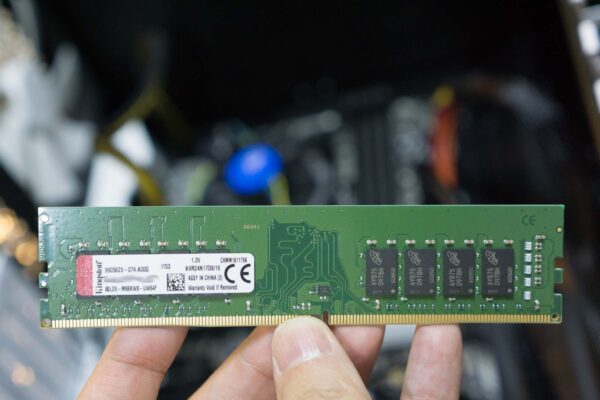
If you build your own DIY PC, you probably know that PC component prices don’t always drop over time. Some components can have wildly varying prices, even going up substantially from their initial launch prices years later. Right now, RAM modules are ridiculously costly, with the current uptrend starting over a year ago.
In a free market, prices are determined by supply vs demand. Hard disk prices soared after the 2011 massive flooding in Thailand, the world’s second largest exporter of hard disks. RAM prices last went upward in the aftermath of the Hynix fire in 2013. In these cases, supply was affected, triggering the price surges. It’s as if our PC components are commodities like oil.
The recent uptrend in RAM prices, however, are becoming a little alarming.
The same 4 GB of DDR3 1333 MHz Kingston RAM module I bought in 2011 at S$29 now costs S$60. A good seven years later, the price has increased over 100%. Maybe this part is just too old, and perhaps such rare items may start to increase in value.
But in another example, the Kingston DDR4 2400 MHz 16 GB memory module I bought early last year at S$165 now costs S$248, maybe less depending on retailer. This is still a relatively current component, and hardly a premium much sought-after item, yet it has risen some 50% in price.
Are we simply demanding more RAM than the manufacturers can keep up with their production? RAM isn’t just needed in our desktop and notebook computers. You need RAM in all sorts of consumer electronics, the individual devices simply varying in the type and amount of RAM. You’ll find a lot of RAM in smartphones. There’s not only just plenty more smartphones, what with consumers changing them every year or two, which is far more frequently than buying new desktop or notebook computers, but also that new smartphones are spec’ed with larger RAM capacities.
There’s also RAM in enterprise servers, another market segment that is seeing much growth. It’s not just the cloud providers buying lots more servers, but despite organisations offloading compute to the cloud, there are others who also buy more servers to grow in-house server farms. Worse yet, the Spectre and Meltdown flaws are likely to encourage expedited refreshes of older hardware, which means more new servers and thus more RAM needed.
So is this a simple case of us demanding more RAM than ever before?
Gizmodo reported a price-fixing class-action suit against the three largest RAM manufacturers. The suit alleges that Samsung, Hynix, and Micron, colluded to limit supplies and drive up prices of their products. There have been reports of their alleged price-fixing, so this news isn’t all that surprising.
Samsung alone has a little under half of the global market share of RAM, and the three companies together have some 96% of the global market. The whole world, thus, are largely dependent on these three companies for RAM. Although there’s been some positive developments, including Samsung’s planned increase in production, it’s still likely that demand will continue to outstrip supply for some time.
In the short term, it looks like RAM will continue to be in high demand, but with supply picking up, the price increase will likely slow down this year, compared with 2017.
When buying a complete system, the premium in RAM prices is cushioned by the overall cost of the entire system. Desktop PCs and notebook computers could have been cheaper though, and you’ll notice RAM upgrades are quite costly if you order a customised build.
If you’re building a PC now, unfortunately, you probably shouldn’t splurge on RAM unnecessarily, unless you manage to catch a good discount. The good news is that you can always upgrade later. This upgrade-later option isn’t always available in complete systems, since they may not be designed to be upgraded (e.g. all RAM is soldered on-board).
